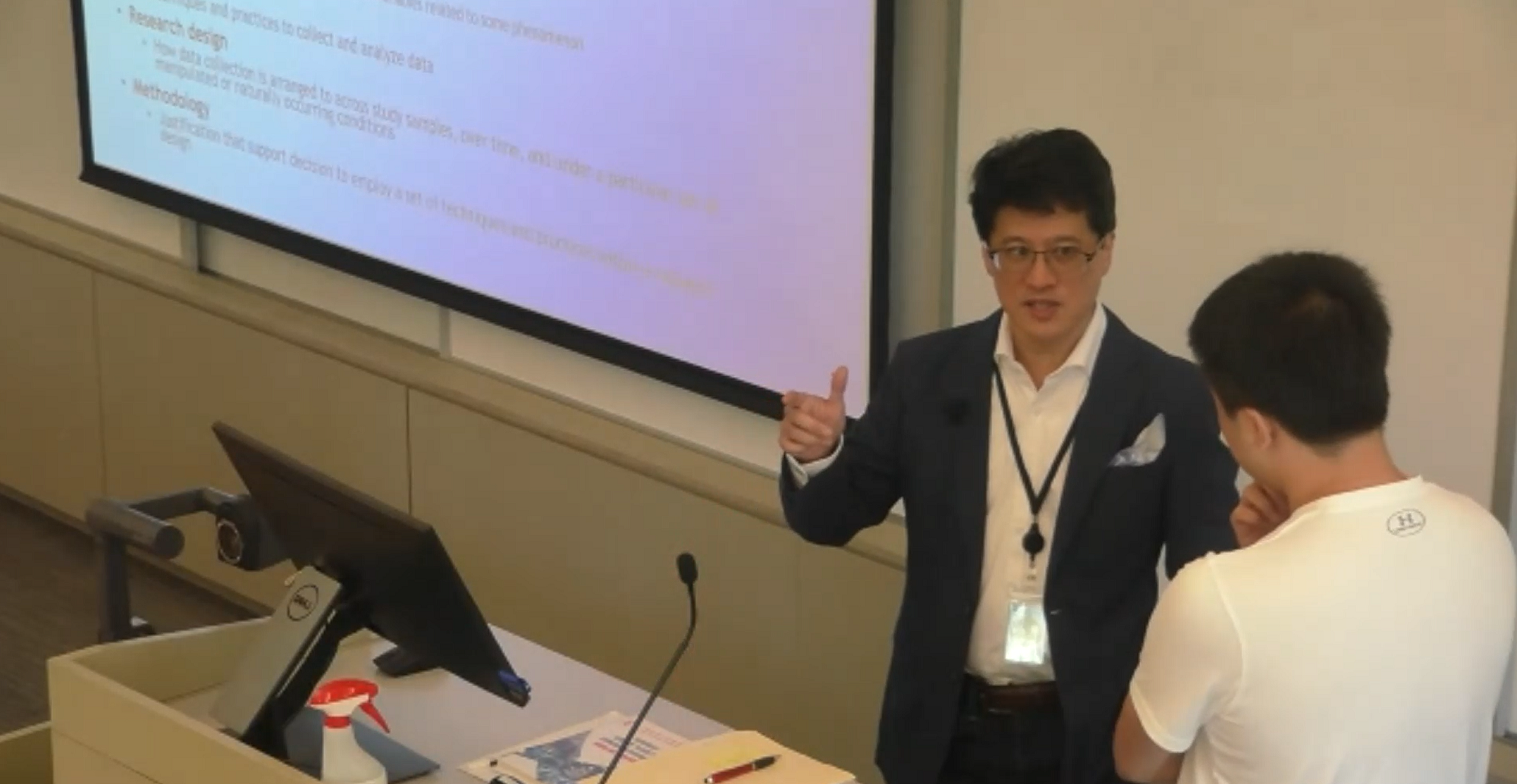Close to two years ago (in February 2005) I wrote an original post that noted a dearth of blogs by traditional management consulting firms. Six months after that post, I wrote an update where I happened to run across a few more blogs by individual consultants.
Since that time, I’ve run into many more blogs that are associated with management consulting, such as Guerrilla Consulting, David Maister‘s blog, and the Management Consultants’ Blog.
I also ran into a few more blogs that I closely associate with big name, traditional consulting firms (either because the blog carries the company banner or is written by an executive at the firm). Note that even though the blogs likely reflect the perspectives of the individuals and not the perspectives of the company, I still have some loose mental association between the individual and the firm. In any case, the other traditional consulting firm blogs I’ve run into over the past two years are:
- Accenture Blog Podium
- Sviokla’s Context (Vice Chairman at Diamond Management and Technology Consultants [and for those in the field that date back some, a company that was formerly known as DiamondCluster International and then prior as Diamond Technology Partners]) (see update 1/4/07 below)
- Cap Gemini’s CTO Blog
- Deloitte Experience Blog and Deloitte Consulting podcasts
In the past, some folks had indicated that a dearth of management consulting blogs may have been due to concerns about unwanted disclosure of confidential information. I’ve not heard of any cases to date, not to mention any disclosures that would indicate that blog media increases chances of disclosure over other media. (That said, there are clearly cases where the blogosphere amplifies the transmission of information which could be argued increases general risks associated with corporate blogs or those loosely associated with companies).
As an additional note, I find it interesting that the four traditional consulting firms that I mention above all have a strong technology competency associated with their brand. For example, Accenture not only has a strategic management consulting practice but also has a strong systems integration practice.
Update (1/4/07): Per comments below (Thanks, Amaresh!), Diamond has a blog by its information and analytics practice. From the looks of it, it is a unique blog that sheds some light on more rigorous consulting practices that top consultants strive to implement for their clients.
Update (1/9/07): Booz Allen Hamiton podcasts here.
Update (3/8/07): Accenture has started a corporate blog here.
Update (3/12/07): Although apparently not officially attached to the "Firm", McKinsey alum Paola Bonomo commented here (thanks, Paola) and points us to a wiki of McKinseyite and McKinsey alum blogs.
Update (10/13/07): Consultant Ninja has a blog over here. Thanks for the links! Sorry I was not able to comment on your blog as it does not accept users without Google logins.
